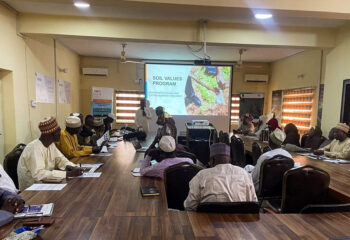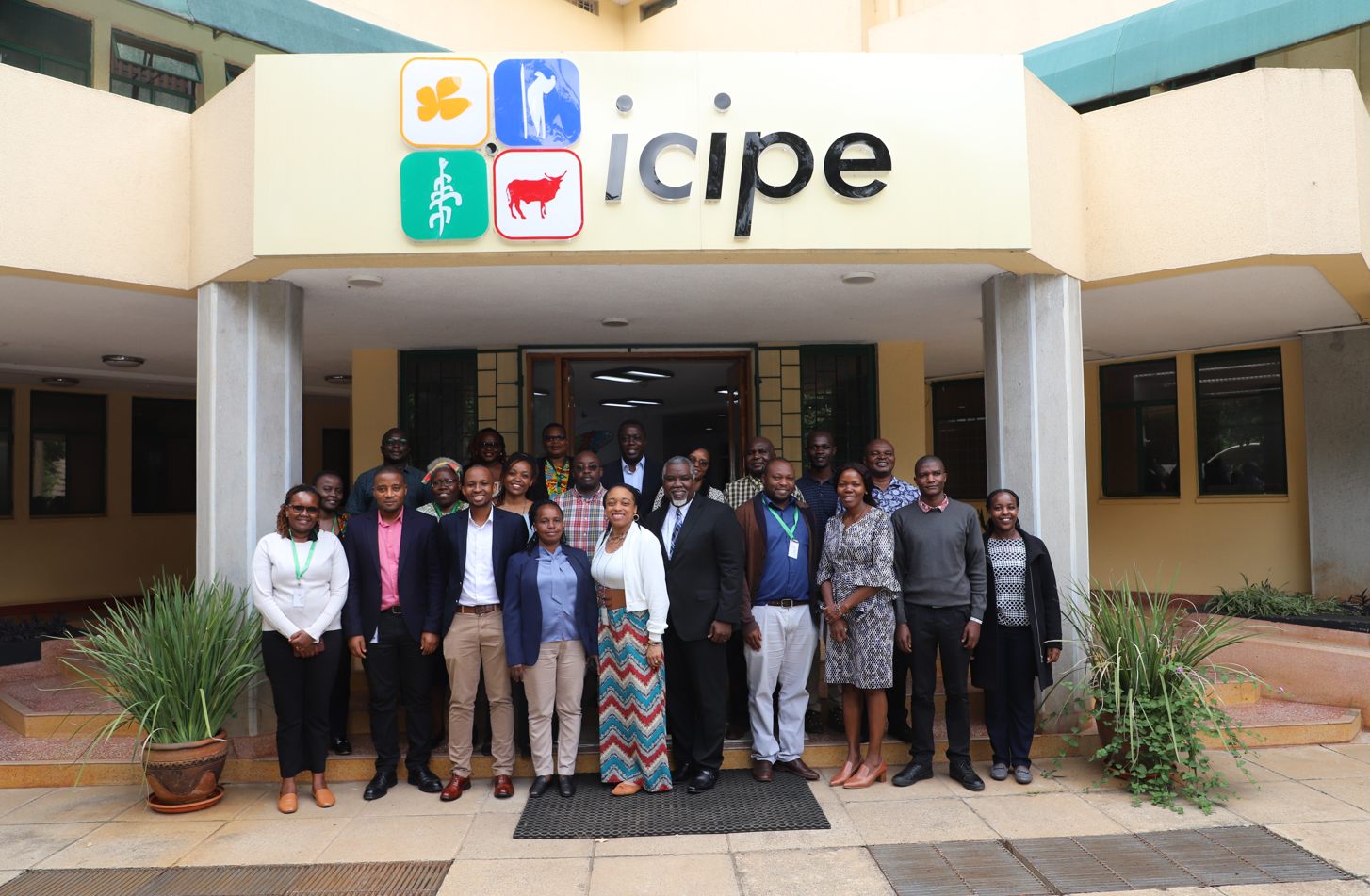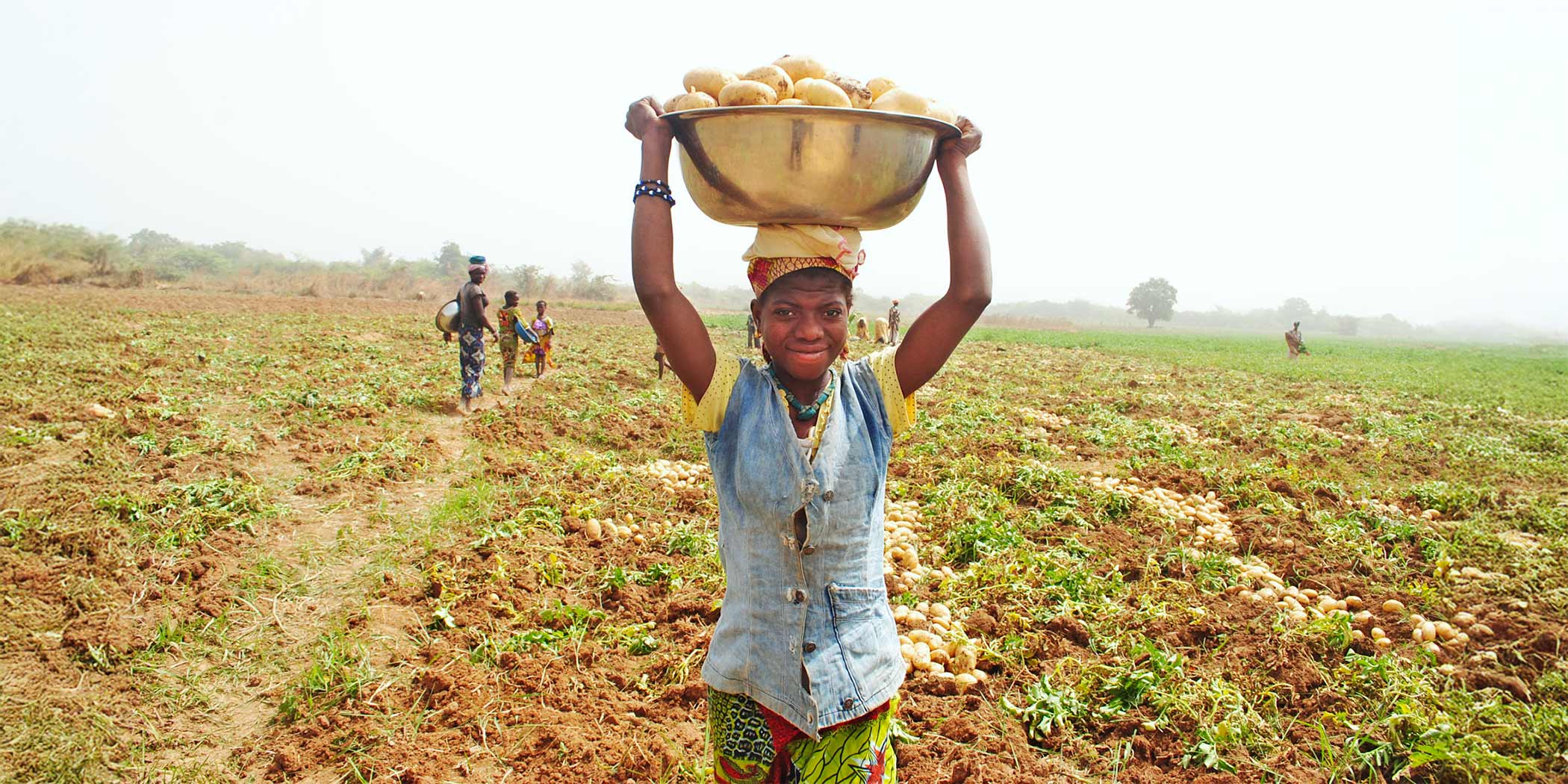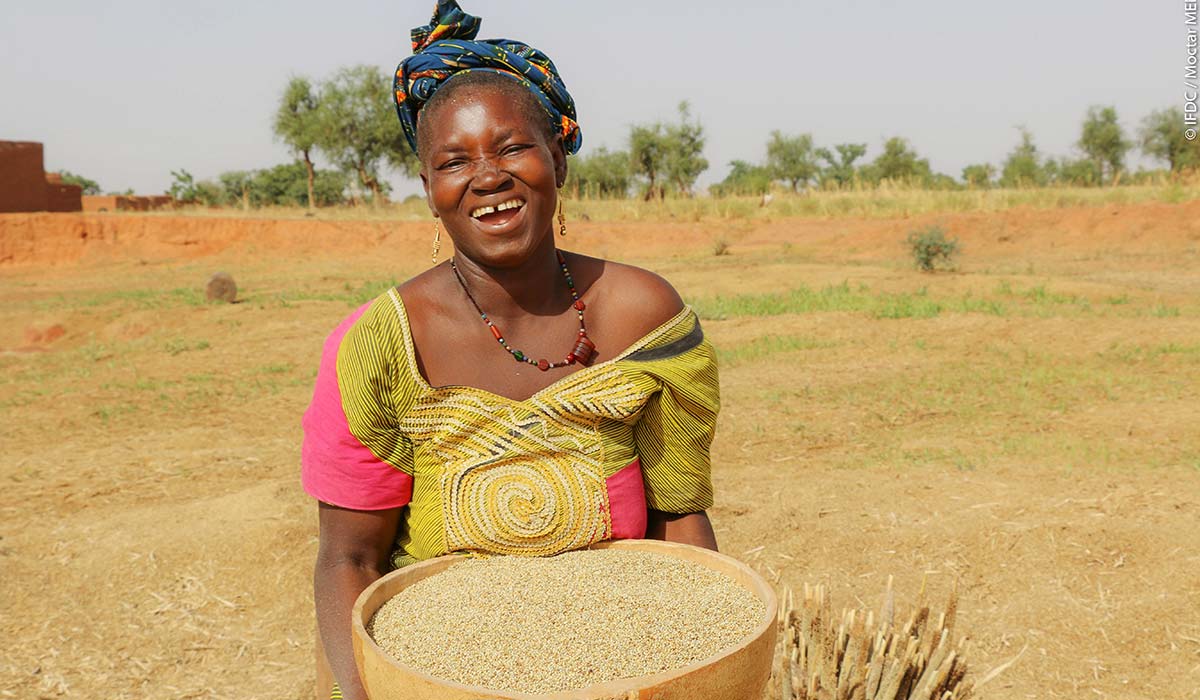
A Brief History of Phosphorus
Around 1669, in his basement in Hamburg, Germany, Hennig Brand, one of the last alchemists, boiled down about 1,500 gallons of human urine in search of the Philosopher’s Stone. These alchemists believed this mystic stone could transmute any metal into gold. As the liquid turned to sludge, Brand made a few adjustments and discovered something new. It wasn’t the Stone, but it seemed special. In fact, he had unwittingly discovered phosphorus, which we now know (thanks in part to the work of Justus von Liebig) to be one of the three “macro-nutrients” required for plant growth.
Today, the phosphorus used in the manufacture of fertilizer is predominately mined from phosphate rock (PR) deposits found all over the world. The process of creating products from this rock is expensive, energy intensive, and, along the chain from mine to product, very inefficient, producing literally tons of waste in the form of phosphogypsum and other byproducts. Additionally, since the discovery of phosphorus’s use as a component of mineral fertilizers, its finite resources have steadily and increasingly diminished, with only limited efforts being made to recycle nutrients lost to the environment through leaching and runoff. Previously, estimates predicted global production to reach “peak phosphorus” by the 2030s, but an IFDC report conducted in 2010 suggested that world reserves and resources should last another 300-400 years. Even so, in the history of the earth, and considering future needs, this is only a drop in the bucket. Despite the revised outlook, steps must be taken to address the problems of high-waste phosphorus in manufacture, nutrient loss to the environment, and availability of appropriate products to smallholders.
Early IFDC Research on Phosphorus
Since its inception in 1974, IFDC has been researching solutions to providing smallholder farmers, particularly those in sub-Saharan Africa, with efficient and affordable phosphate fertilizers. Despite the abundance of PR deposits in sub-Saharan Africa, the nutrients in these are left unmined either because of their small size or the quality of rock available at the site.
IFDC’s early phosphorus research focused on direct application of finely ground PR, which is suitable for application in acid soil environments and to crops capable of solubilizing the rock to enhance phosphorus availability (e.g., canola is able to produce organic acid exudates that enhance phosphorus availability for plant uptake). IFDC developed a decision support tool, the Phosphate Rock Decision Support System (PRDSS), that helps users decide under which conditions (soils, crops, weather) direct application of PR is agronomically and economically feasible.
Alternatively, if indigenous PRs could be made reactive, then farmers would have locally available P fertilizers, governments would save considerably on importation of P fertilizers, and small to medium mining companies would have new sources of business.
In the 1990s, IFDC began looking at ways to use locally available PR. This research included partially acidulated PR. This process lessened the amount of acid needed to produce water-soluble phosphorus (WSP) fertilizers. Though the research yielded good agronomic results, the acidulation process proved costly due to issues of transport and handling of the acid.
Activated PR
Not long after, IFDC scientists began exploring an innovative and practical approach to enhancing the agronomic efficiency of directly applied PR. It was found that the compaction of water-soluble phosphorus (WSP), such as triple superphosphate (TSP), with ground PR could “activate” the rock and make it suitable for direct application. This process, if successful, would leapfrog the transportation costs and handling of acid encountered by partial acidulation and enable small mining companies to utilize indigenous PR mines previously unsuitable for commercial production.
Using a 1:1 compaction ratio of TSP and PR, IFDC scientists discovered that the PR became more reactive and yielded a relative agronomic efficiency (RAE) value greater than 80% in greenhouse trials. Though the research found that this compacted PR was just as efficient as TSP alone, this process, with a 1:1 compaction ratio, was still heavily reliant on expensive WSPs.
As research progressed, it was found that this WSP:PR ratio could be lowered to make the process less expensive and more attractive to small-scale mining operations. Through the Feed the Future program of the U.S. Agency for International Development (USAID), IFDC began evaluating activated PR in greenhouse trials in 2014 using 20% diammonium phosphate (DAP) or monoammonium phosphate (MAP) with 80% PR. PRs of varying reactivity, from non-reactive to highly reactive, were evaluated on rice, maize, and soybean grown in three soils with varying acidity/alkalinity levels. Beginning in 2017, in collaboration with MINBOS, an Angolan fertilizer company, additional greenhouse trials were conducted using Angolan PR on maize, wheat, and sorghum.
Preliminary results indicate that activated PR provides opportunities for direct application of low to medium reactivity PRs with realistic yields and on a wider range of soils. Field trials are in progress in Ghana and Kenya with additional trials planned for Angola and Niger.
Impacts and the Future of Phosphorus
Sitting in his basement, observing the glow of the newly discovered element, Brand had no idea that in 350 years, this discovered element would be responsible for keeping billions of people alive. If the predictions are right, we only have around that same amount of time until once-nourished soils, plants, and people will begin to suffer. No matter how much PR reserves and resources are left in the earth, they must be manufactured and used more efficiently. Once gone, we are not going to get it back.
But there is hope. IFDC’s research on activated phosphorus presents an opportunity to advance greater efficiency in phosphorus fertilizer production by finding a purpose for previously unusable byproducts. Additionally, the results shown from current research potentially unlock new horizons for governments to save on fertilizer import costs, for small mining companies to utilize previously untapped mines, and for smallholder farmers to access critical nutrients for their farms, enabling their families to better their livelihoods. In the research and development world, we call that a win-win-win. While we didn’t find the Philosopher’s Stone (we’re not looking), we believe our research will enrich, enhance, and extend the lives of millions for years to come.





